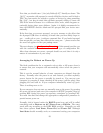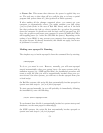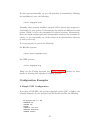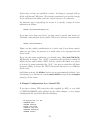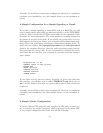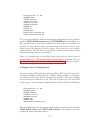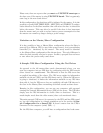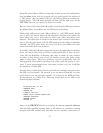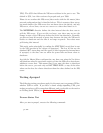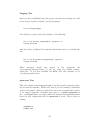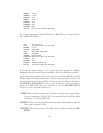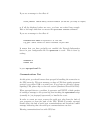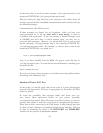UPS). The :3551 that follows the NIS server address is the port to use. The
default is 3551, but older versions of apcupsd used port 7000.
Please do not confuse this NIS server/slave mode with the old master/slave
network configuration that is described above. This is a master/slave setup,
but much simpler (the NIS server does not know about the slaves), and any
NIS server, even a slave, can act as a server to a slave that listens to it.
The NETTIME directive defines the time interval that the slave uses to
poll the NIS server. If you set this too large, your slave may not see the
change in state of the NIS server before the server has shutdown. Normally,
you have at least 30 seconds of grace time between the time the NIS server
decides to shutdown and the time it no longer responds. Your slave must
poll during this interval.
This mode works principally by reading the STATFLAG record that is sent
by the NIS (present in the output of apcaccess). The low 16 bits are the
standard APC status flag, and the upper 16 bits represent the internal state
of apcupsd, so the slave can see when the power fails and know when to
shutdown.
As with the Master/Slave configuration, any slave run using the Net driver
will shutdown when its own timers expire or when the NIS server shuts down,
whichever occurs first. This means that if you want the slave to shutdown
before the server, you need only set BATTERYLEVEL, or any of the other
values on the slave for a faster shutdown than the values defined on the NIS
server.
Testing Apcupsd
The following testing procedures apply for the most part to apcsmart UPSes,
whether USB or serial. If you have a dumb voltage-signalling UPS, your
testing procedures will be somewhat different, and you should see the section
on Testing Serial UPSes (see Testing Serial-Line UPSes).
Process-Status Test
After you start apcupsd, execute the following command:
ps fax
58



